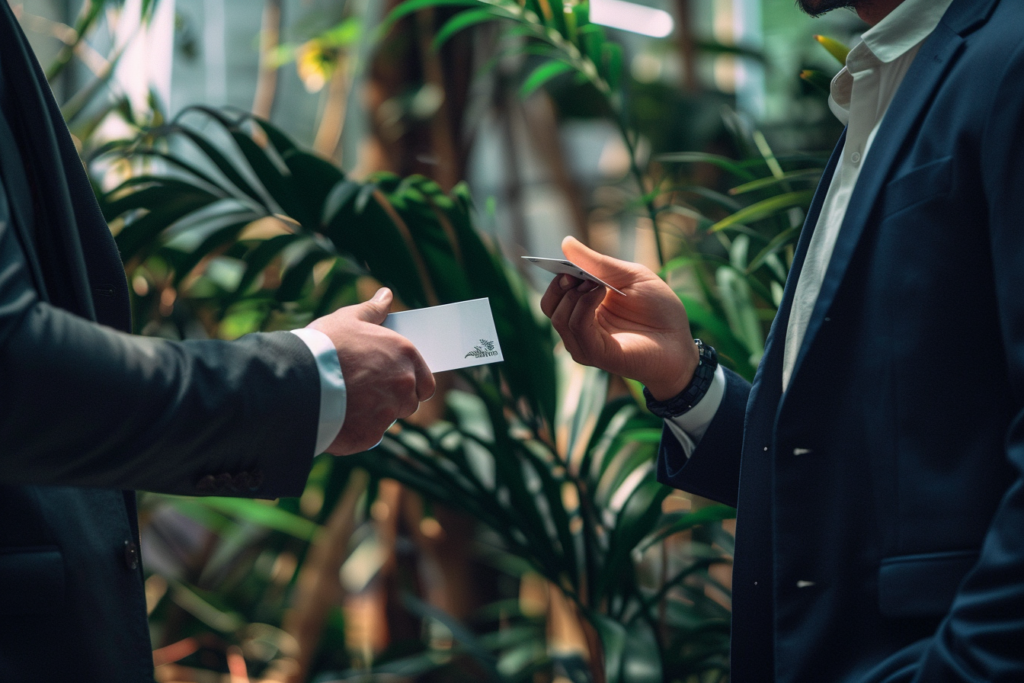When I first encountered the term brand ESG, it was a bit perplexing to distinguish it from Sustainability. But after some thought, it became clearer.
Sustainability revolves around three fundamental dimensions:
- environment,
- society,
- and economics.
Any concept, framework, or practice that addresses these three dimensions can be considered sustainable.
ESG, which stands for:
- Environment,
- Social,
- and Governance,
is a similar concept that is particularly relevant to businesses and stakeholders. It’s like a business’s contribution to sustainable development and its role in the circular economy.
Unmasking the Mystery: Is brand ESG the Holy Grail for Sustainable Brands?

In theory, it might seem so. But there’s a catch. The governance in ESG, while ensuring social and environmental safety within the company, is not the same as in economics. Therefore, a company with an ESG framework has made progress towards sustainable development, but it isn’t fully sustainable without being part of the circular economy.
ESG is quite popular in the EU, with many investors and funding organizations using ESG scores to gauge a company’s overall health. However, this doesn’t necessarily mean the company is fully sustainable.
Lessons from the Eco-Friendly Front Lines: A Sustainable Branding Survival Guide
For instance, many fashion brands like Everlane incorporate ESG principles, but their overall sustainability impact varies. Everlane, known for its “consciously crafted” essentials, emphasizes transparency and ethical practices. But it’s crucial to assess the full scope of their sustainability efforts.
Similarly, tech giants like Microsoft and Nvidia have adopted ESG frameworks. Microsoft has made significant strides in renewable energy and carbon reduction, but it still faces challenges related to e-waste, water usage, and supply chain sustainability. Nvidia, whose core business involves high-performance computing, struggles to balance innovation with environmental impact.
On the flip side, some brands go beyond ESG metrics to become sustainable brands. They have a unique philosophy and framework that they believe can connect them to the circular economy. Brands like Fair Indigo, Omnes, and Cariuma are examples of this. They extend their commitment beyond ESG to positively impact people and the environment.
In conclusion, an ESG brand is a business that applies a clear and well-defined ESG framework. A sustainable brand, on the other hand, may have a high ESG score but goes beyond ESG to address all sustainability development challenges, making its governance dimension a successful step towards becoming a serious part of the circular economy.
Coca-Cola: A Pop-Culture Brand ESG Tale
Several companies have excelled in both ESG and sustainable branding, going beyond the conventional structure that views ESG as a stepping stone toward sustainability. These companies, including Coca-Cola, PepsiCo, Unilever, Nestlé, Danone, and IBM, have achieved high ESG scores while also addressing a significant percentage of their sustainability challenges. Coca-Cola is a brand that stands out in this regard.
Fizz-tastic Futures: Coca-Cola’s ESG Extravaganza
The Coca-Cola Company has established an impressive position as a sustainable brand and a leader in ESG (Environmental, Social, and Governance) efforts. Here’s a closer look at their strategies:
- Sustainability Efforts:
- Water Leadership: Coca-Cola is committed to achieving 100% regenerative water use across 175 facilities facing high water stress by 2030, and they are actively working to improve the health of critical watersheds globally.
- Nutrition and Wellness: The company offers beverages with reduced added sugar, emphasizing clear nutrition information on the packaging.
- Recyclable Packaging: Coca-Cola plans to make 100% of its packaging recyclable globally by 2025 and use at least 50% recycled content by 2030.
- Emissions Reduction: They have reduced absolute emissions by 7% since 2015 and aim for a 25% reduction by 2030.
- Sustainable Sourcing: The company sustainably sources 64% of priority agricultural ingredients in line with its Principles for Sustainable Agriculture.
- ESG Score and Rankings:
- Dow Jones Sustainability Index: Coca-Cola HBC, the bottling partner, has consistently ranked as the world’s most sustainable beverage company. In 2022, it achieved a record score of 93 out of 100.
- ESG Metrics: The company excels in taxes, meaning and joy, and job creation. However, it also acknowledges resource use and negative impacts in categories like physical diseases and GHG emissions.
In conclusion, Coca-Cola’s commitment to sustainability, responsible practices, and positive impact on people and the planet contributes to its high ESG score and recognition as a sustainable brand.
The Coca-Cola Conundrum: How to Have Your ESG and Drink It Too
Indeed, when someone mentions creating a sustainable brand, they might be referring to an ESG brand. It’s crucial to understand the distinction between these two concepts. This blog post can serve as a valuable resource for anyone seeking to comprehend the difference and the intricate relationship between sustainability and ESG. By directing them to this post, they can gain insights from the case study of Coca-Cola, a brand that has excelled in both sustainability and ESG efforts. This knowledge can guide them in their journey towards building a truly sustainable brand.

I am Shawkash, a seasoned product designer with a knack for both digital and physical products. In 2015, I embarked on a journey with Ideera, a venture I founded with the vision of propelling startups and new businesses to success, nurturing them to become the future’s big brands. My portfolio boasts collaborations with renowned brands such as Unilever, Bang and Olsfen, United Nations, and Flexjet. My commitment to sustainability is not just a preference, but a recognition, as evidenced by the award I received from UNESCO for my contributions to combatting global warming. Therefore, it’s only natural that I gravitate towards designing for and collaborating with sustainable brands. Looking forward to creating a greener future together!
